The difference between Starbucks decaf coffee and regular coffee is decaf beans really caffeinated?
I believe many people first heard of decaf in Starbucks. When they first heard of decaf, I believe many people will wonder if it is completely decaffeinated. How to extract caffeine, this time Qianjie will talk about the difference between decaf coffee and regular coffee.
How do people find decaf?
It is said that Goethe, a famous German poet, is also a coffee lover, but he suffers from the pain of being unable to sleep after drinking coffee. The feeling of love but not closeness makes Goethe go to his friend Runge to analyze the composition of coffee beans and find out why coffee interferes with sleep. Around 1820, Longi found out that the factor affecting sleep was caffeine and developed a way to separate coffee beans from caffeine, so Lungi became the ancestor of decaffeinated coffee.
At that time, although Lungi found the factors that affect coffee sleep, the technology of extracting caffeine could not produce decaffeinated coffee in large quantities until 1903, when Ludwig Roselius, a German importer of coffee beans, found that as soon as the coffee beans were soaked in sea water, the caffeine content decreased a lot, so he hired a group of chemists to research and develop the technology of extracting caffeine, which made an important breakthrough in the extraction technology. Decaffeinated coffee is just beginning to be mass produced.
How does today's decaf coffee extract caffeine?
There are many ways to remove caffeine, which can be divided into direct / indirect solvent treatment, supercritical carbon dioxide treatment, Swiss water treatment and mountain spring water treatment.
Direct solvent treatment
At the beginning, the direct solvent treatment method is to use dichloromethane solvent to directly contact coffee beans, and the direct solvent treatment method is also known as natural decontamination treatment. First, steam is used to open the stomata of the raw coffee beans, and the dichloromethane solvent is directly added to the coffee beans. After the solvent and caffeine are fused, the caffeine-filled solvents are washed out, and the coffee beans are boiled again to remove all residual solvents. The boiling point of dichloromethane is 39.8 degrees Celsius, so even if there are residual solvents in the cooking process, after baking, the solvents will all evaporate.
There are concerns about using dichloromethane as a solvent because it is suspected that long-term exposure increases the risk of cancer. But in fact, FDA limits the dichloromethane content of decaf to 0.001%, which is actually lower than that, with little side effect.
The process of using ethyl acetate as a solvent is the same, ethyl acetate usually comes from sugar cane, so when used, the direct solvent method is sometimes referred to as sugarcane decontamination. This method is usually used in de-causation in Colombia. But ethyl acetate is a highly flammable substance, so it is more dangerous.
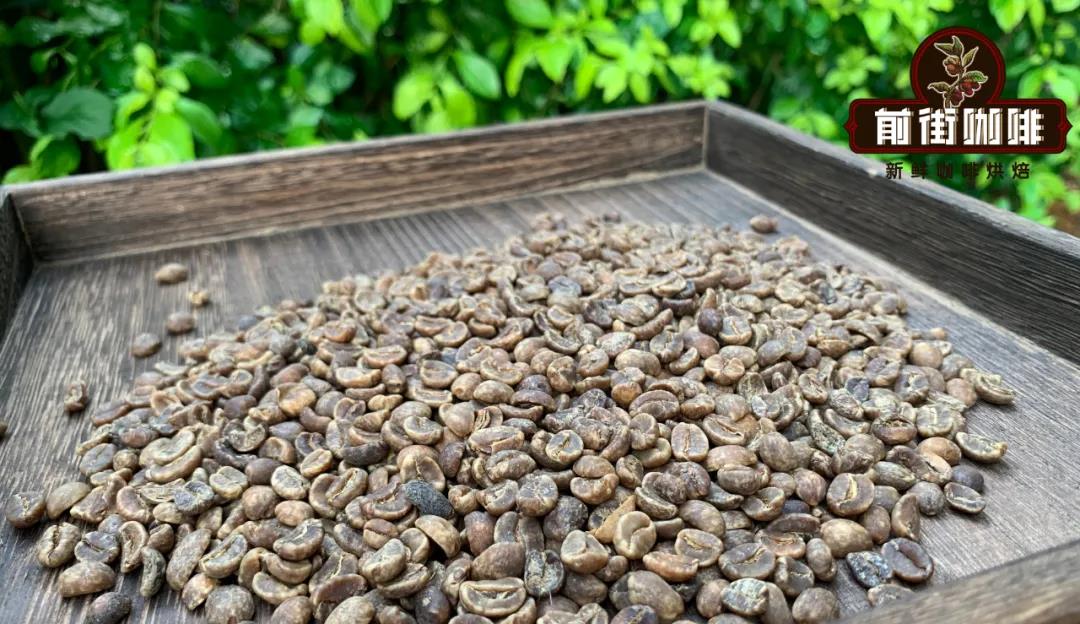
Swiss water treatment method
This is one of the most traditional methods of extracting caffeine, using this commercially developed and efficient treatment.
The step of the Swiss water treatment method: soak the raw coffee beans in hot water, which is called "flavor filled water" (Flavor-charged Water) in the Swiss water treatment method. This water contains all the flavor factors that are necessary in the raw coffee beans, but lacks caffeine. This special water is the most important medium in the next decaffeinated process. The coffee beans are filtered out after the flavor is filled with water, and the full flavor water will filter out the caffeine with activated carbon filter, and the rest is full of pure flavor factors.
And then re-soak it in hot water with pure flavor factor.
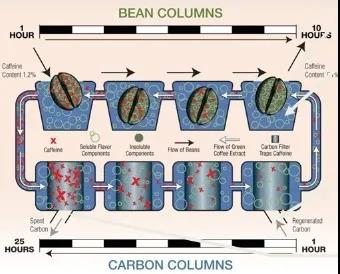
Carbon dioxide treatment
This treatment is to first let the coffee beans absorb water and expand, and the caffeine molecules are loose in the coffee beans. Add liquefied carbon dioxide and create more than 100 atmospheric pressure in water. Carbon dioxide is highly selective and does not "damage" the carbohydrates and proteins in coffee beans while dissolving caffeine, ensuring that the flavor of coffee beans is not destroyed. Liquid carbon dioxide that takes away caffeine can also be removed and recycled.
Coffee made from decaffeinated carbon dioxide has a lower burden on the human body, and according to the study, this method extracts more coffee than the direct solvent method, and the cost of this method is much higher than that of the direct solvent method.
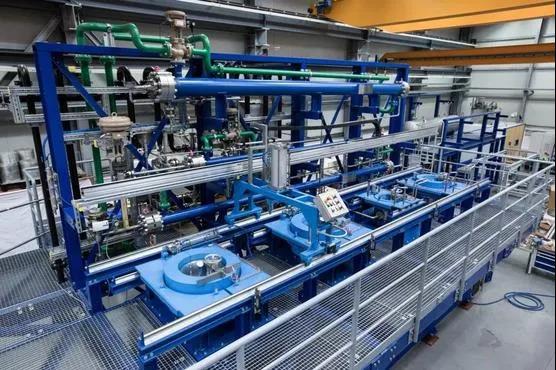
Mountain spring water treatment
Similar to Swiss water treatment, another special kind of water is used to extract caffeine from glaciers. The company Descamex says it uses a special filter to remove caffeine. After treatment, you will get a caffeine-free aqueous solution, which also dissolves the solid substance of coffee and can be reused in the decaffeinated process.
Low caffeine represents coffee-- Qianjie coffee Columbia Huilan natural decaffeinated coffee
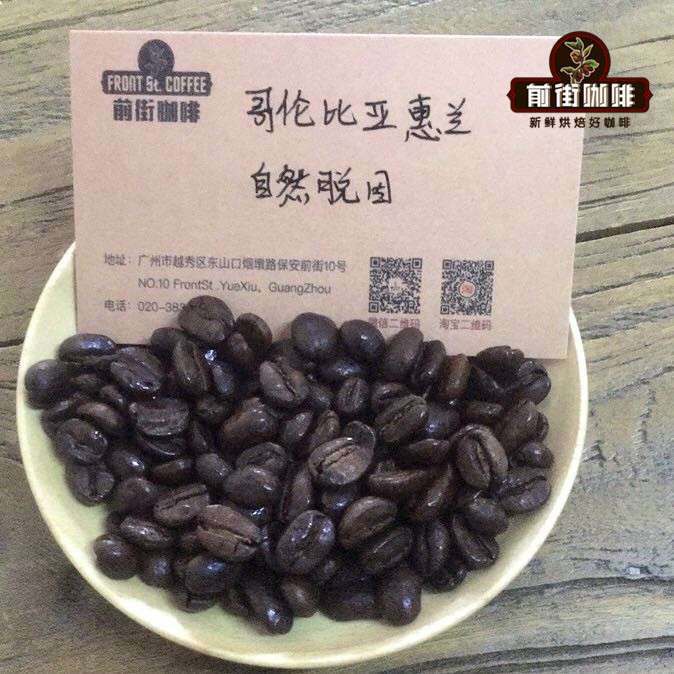
Coffee producing country: Colombia
Coffee producing area: Huilan
Planting altitude: 1200 to 2000 m
Coffee varieties: Castillo, Kaddura, Columbia
Treatment method: natural de-causation treatment (direct solvent treatment)
Coffee producing area
Huilan has a combination of excellent soil and geographical advantages for growing coffee, and some of the most complex and fruity Colombian coffees come from here. This area belongs to the selected alpine coffee beans of the Colombian State Corporation, which is known as the national treasure of Colombia. With its superior geographical and climatic conditions, Colombian coffee has always maintained high quality. There are more than 70, 000 coffee growers in the area, covering more than 16000 hectares (39500 acres). Colombian coffee beans, which usually do not have a special market brand name, are from the National Coffee Farmers' Union of Colombia (national federation of colombia coffee growers) and have always been famous for their strict quality control and active promotion.
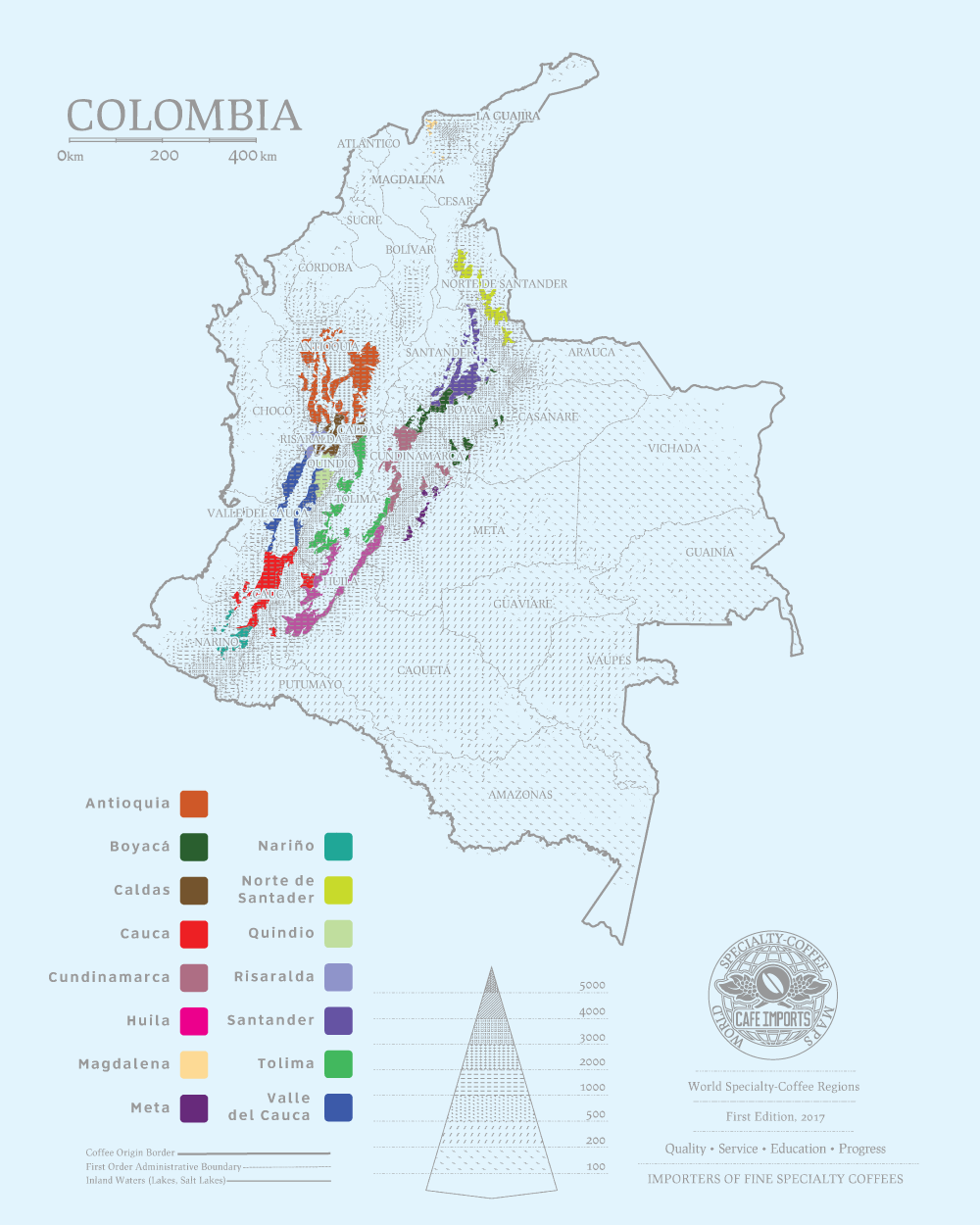
The Laboyos Valley in the southern part of Colombia's Cymbidium province lies at the foot of the Andes. This huge mountain range is the source of the Magdalena River (Magdalena River), stretching north to the Caribbean coast. The valley itself is about 1300 meters above sea level. Coffee is grown in all the surrounding mountains, with an average farm area of about 6 hectares, with about 5000 trees per hectare. The soil is volcanic soil, which provides a lot of organic nutrients for this high-altitude coffee.
Coffee variety
The early varieties of coffee grown in Colombia were iron pickup and bourbon, which were replaced by Kaddura in 1970 because Kaddura was not only more productive per plant, but also more compact and could plant more coffee trees per unit area.
Kaddura, a single-gene variant of bourbon, was discovered in Brazil in 1937 with both production capacity and disease resistance. In 1961, CENICAFE began to study the Timor variety of Robusta blood, and then Tim and Kaddura selected the Columbia Catimor series. After five generations of breeding, in 1982, CENICAFE released Colombia's first disease-resistant variety, named after the country: Colombian species Colombia. After the emergence of leaf rust in 1983, the Colombian species began to be planted in large numbers.
Subsequently, CENICAFE continued its research and development, releasing the second disease-resistant variety Tabi (a hybrid of iron pickup, bourbon and Timor) in 2002, and the most functional disease-resistant variety Castillo so far in 2005. After the outbreak of leaf rust in 2008, Colombia began to vigorously promote Castillo cultivation.
Castillo, based on Colombian species, crossed with Kaddura until the tenth generation. Although it was not favored by practitioners in the industry at its debut, there is no shortage of elegant and meticulous batches on the market in recent years.
Qianjie baking suggestion
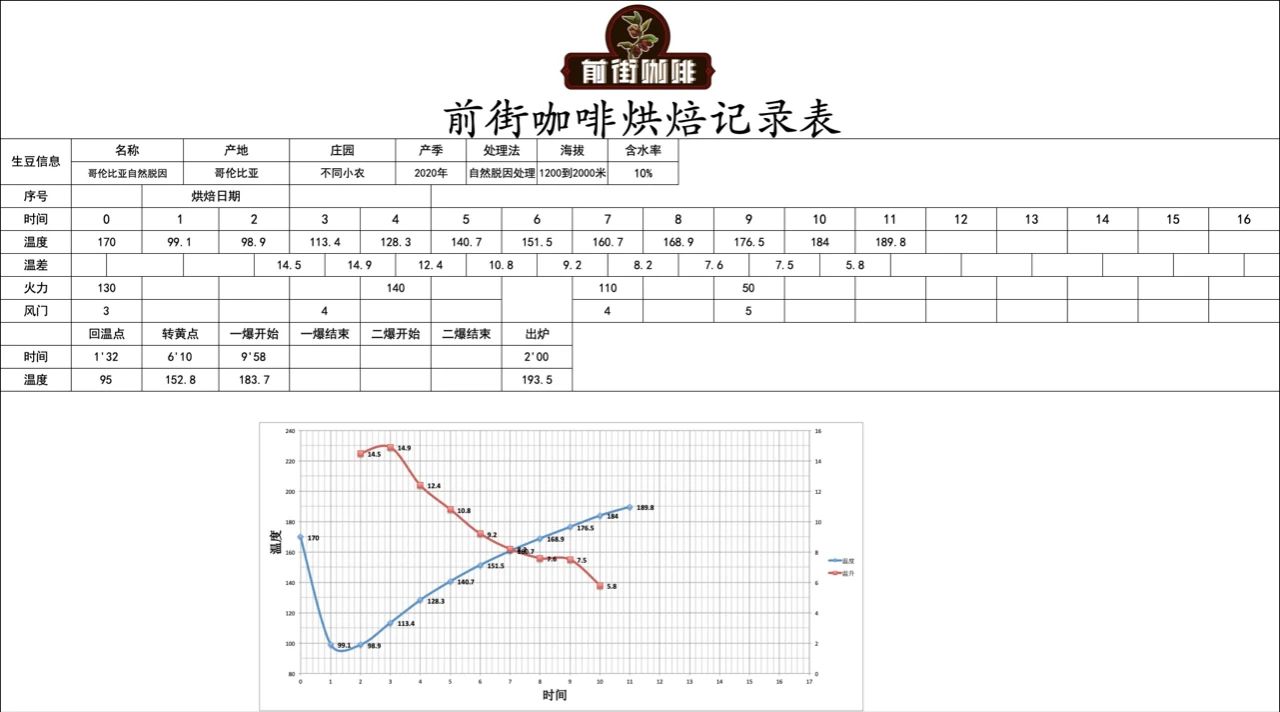
Qianjie Cup test report
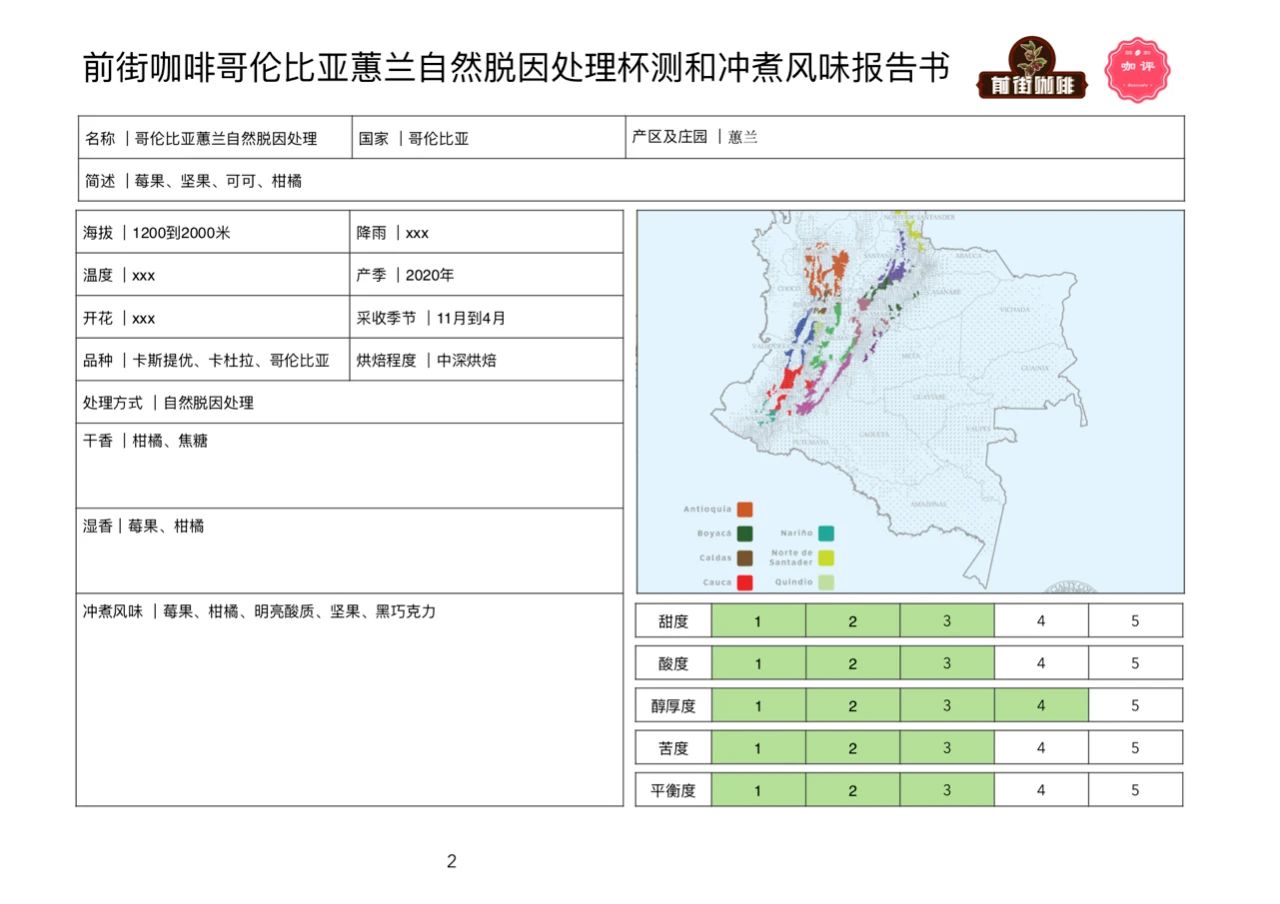
How to brew decaf coffee in front of the street?
Filter cup: Kono filter cup
Water temperature: 88 ℃
Powder content: 15g
Powder / water ratio: 1:15
Degree of grinding: medium grinding (Chinese standard No. 20 screen pass rate 75%)
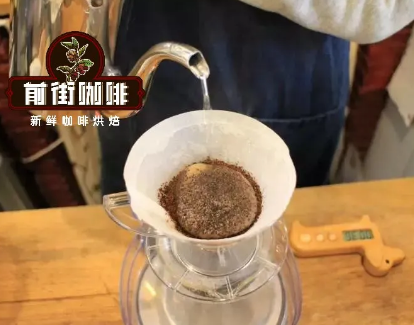
Cooking technique: three-stage extraction. Steam with 30 grams of water for 30 seconds, small water flow around the circle to 125 grams for sectional injection, water level drop is about to expose the powder bed, continue to inject water to 225 grams to stop water injection, and so on when the water level drop is about to expose the powder bed, remove the filter cup, (steaming starts timing) the extraction time is 2 minutes 39 minutes 30 ".
Cooking flavor: citrus, berries, bright acidity, dark chocolate, nuts.
Important Notice :
前街咖啡 FrontStreet Coffee has moved to new addredd:
FrontStreet Coffee Address: 315,Donghua East Road,GuangZhou
Tel:020 38364473
- Prev
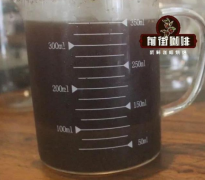
Cold extract coffee production ratio how to use ear bag cold extract bag to make cold extract coffee?
Cold coffee has always been loved by coffee lovers. Cold coffee is easy to make and can be made easily at home and in the office. This time, Qianjie will talk about the proportion of cold extract coffee and introduce three ways of making cold extract coffee. The extraction principle of cold-extracted coffee cold-extracted coffee is produced by slow extraction after mixing coffee powder and ice water in a certain proportion. Cold extraction
- Next
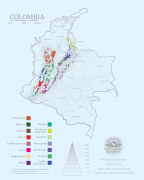
Colombia Coffee Brewing Paradise Manor Strawberry Coffee How to Break Out Strawberry Aroma?
Recently, a strawberry coffee bean from Paradise Manor broke into the sight of coffee lovers. Why is this coffee called strawberry? Is it really as it is called? Front Street started this coffee bean for cup test, brewed this coffee bean with 3 different brewing methods, see how the flavor performance of this paradise strawberry? The province of Cauca is a certified origin region for Colombia coffee.
Related
- Beginners will see the "Coffee pull flower" guide!
- What is the difference between ice blog purified milk and ordinary milk coffee?
- Why is the Philippines the largest producer of crops in Liberia?
- For coffee extraction, should the fine powder be retained?
- How does extracted espresso fill pressed powder? How much strength does it take to press the powder?
- How to make jasmine cold extract coffee? Is the jasmine + latte good?
- Will this little toy really make the coffee taste better? How does Lily Drip affect coffee extraction?
- Will the action of slapping the filter cup also affect coffee extraction?
- What's the difference between powder-to-water ratio and powder-to-liquid ratio?
- What is the Ethiopian local species? What does it have to do with Heirloom native species?

